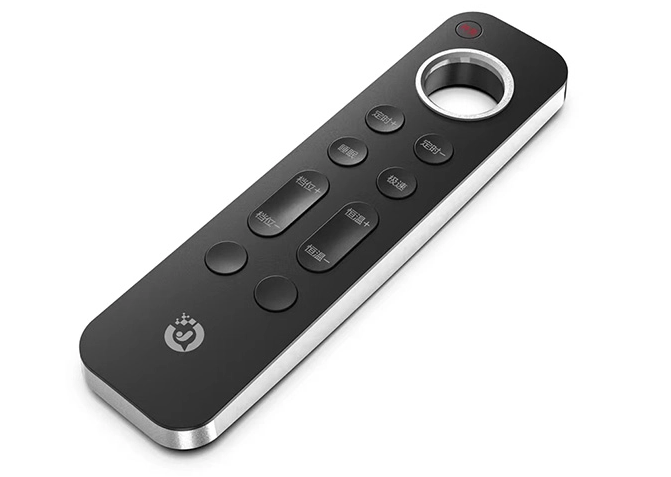Drills are indispensable tools in various industries, from construction and manufacturing to woodworking and DIY projects. Understanding the operational limits of a drill is crucial for ensuring efficiency, productivity, and safety. In this comprehensive blog post, we will delve into the factors that determine how long a drill can run continuously, providing valuable insights and practical tips for professionals and enthusiasts alike.
- Power Source and Battery Life:
The type of power source significantly impacts the continuous runtime of a drill. Corded drills, powered by electricity, can run indefinitely as long as they are connected to a reliable power supply. On the other hand, cordless drills rely on rechargeable batteries, which have a limited capacity. Factors such as battery technology, voltage, and ampere-hour (Ah) rating influence the duration a drill can operate continuously before requiring a recharge. - Battery Management and Maintenance:
To maximize the continuous runtime of a cordless drill, proper battery management and maintenance are essential. Regularly inspecting and cleaning battery contacts, ensuring optimal charging conditions, and avoiding overcharging or deep discharging can significantly extend the battery life. Additionally, understanding the effects of temperature on battery performance and implementing appropriate storage practices can help preserve battery capacity. - Drill Motor and Cooling Mechanisms:
The design and quality of the drill motor play a crucial role in determining its continuous runtime. High-quality motors with efficient cooling mechanisms, such as built-in fans or heat sinks, can dissipate heat effectively, preventing overheating and extending the drill's operational duration. Understanding the motor's power rating, efficiency, and thermal management capabilities is vital for selecting a drill that can handle prolonged use. - Material and Application Considerations:
Different materials and applications impose varying demands on a drill, affecting its continuous runtime. Harder materials, such as concrete or metal, require more power and generate more heat, potentially reducing the drill's operational duration. Additionally, drilling techniques, such as continuous heavy-duty drilling or intermittent usage, can influence how long a drill can run without overheating or experiencing performance degradation. - Operator Techniques and Safety Measures:
The skill and technique of the operator also impact the continuous runtime of a drill. Applying excessive force, using improper drilling techniques, or neglecting safety measures can lead to increased motor strain, overheating, and premature wear. Proper drilling techniques, such as using the correct drill bit, applying consistent pressure, and allowing the drill to cool down periodically, can help optimize the drill's runtime and prevent unnecessary damage.
Conclusion:
In conclusion, the continuous runtime of a drill depends on various factors, including the power source, battery life, battery management, drill motor design, material considerations, and operator techniques. By understanding these factors and implementing appropriate measures, professionals and enthusiasts can maximize the operational duration of their drills, ensuring efficiency, productivity, and longevity. Remember, choosing the right drill for the job and employing proper maintenance practices are key to unlocking the full potential of this versatile tool.




